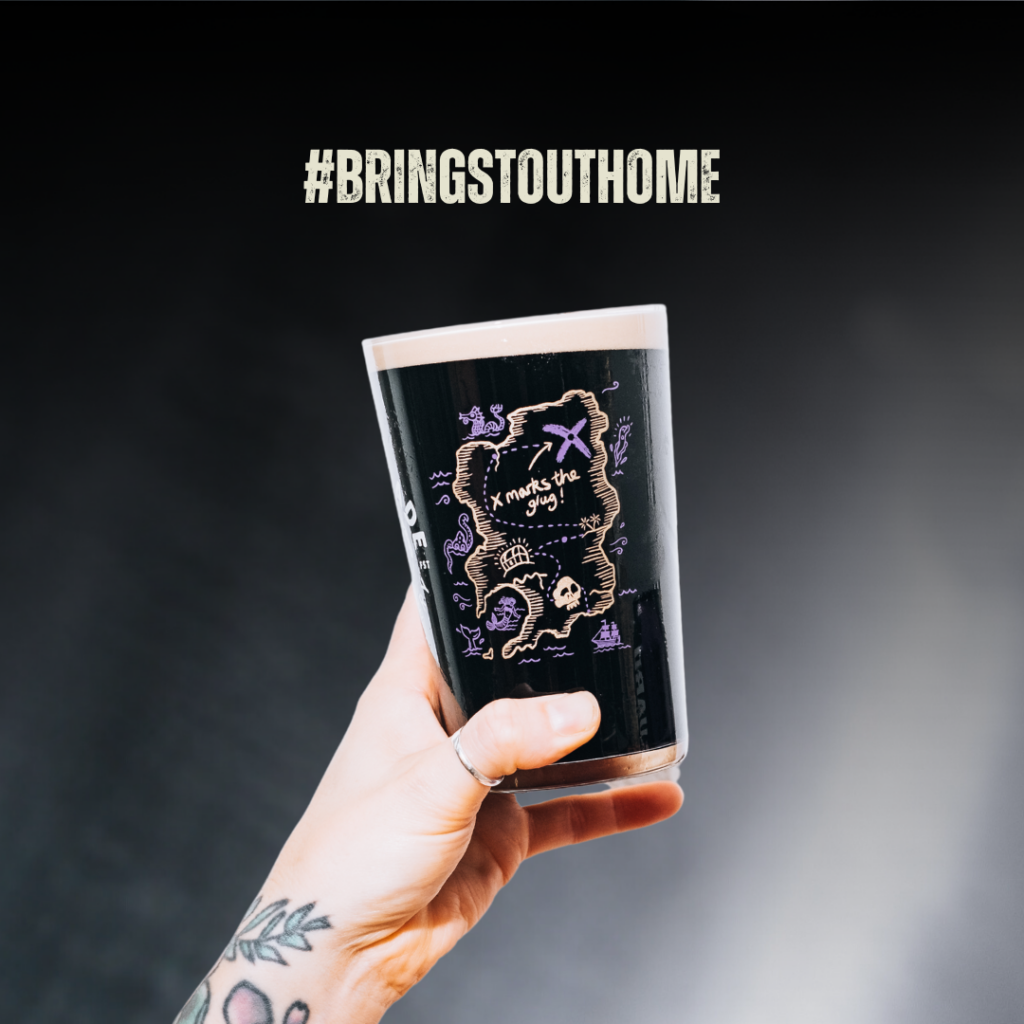
So its November, days are getting colder and nights are getting longer, it’s the perfect time to cosy up with a deliciously dark beer; and what are the dark beers we recommend? Well Stouts and Porters of course! Both have many similarities but what actually makes them different?
Depending on the regions the beers originate from, and the preferences of the Brewer, you might not see a drastic difference between the two. You may have a stout one day that is more like a porter or vice versa. They’re dark, bitter, roasty and chocolatey, both have the inclusion of hops but unlike the IPA or pale ale these brews aren’t hop-forward, but rather hops are used to balance the flavours and mouthfeel of the malts.
Three main differences between the two styles are the mouthfeel, the strength and the ingredients used. Porters tend to be lighter and less full-bodied, where as stouts tend to be thicker and more flavourful. Brewers tend to play around more with stouts with the addition of adjuncts (ingredients other than hops, malt, yeast & water). When brewing porters, malted barley is used to achieve the flavours. Stouts on the other hand, often use un-malted barley; however malted barley is sometimes used to achieve the chocolatey, nutty and coffee flavours when required.
So how did these creations begin?
Porters first appeared in the early 1700s, becoming a very popular beverage with the actual London porters that worked on the docks, which is how the beer became better known as a Porter. These beers were typically around the 6.5% ABV but by the 1900s due to taxing of the brews the typical brew was dropped to an average of 5%. Popularity of the style prompted experimentation, which lead to the stronger porter or ‘single stout porter’. This is the first time a beer had been described as stout, which then developed further into double, triple and imperial stout porters. Over the next century the ‘porter’ suffix was dropped from the name and Stouts and Porters became defined as their own beer styles. Although stouts are often believed to have originated in Ireland, the origins are often contested.
#BringStoutHome
Try our Blackguard 4.1% Nitro Stout today!








